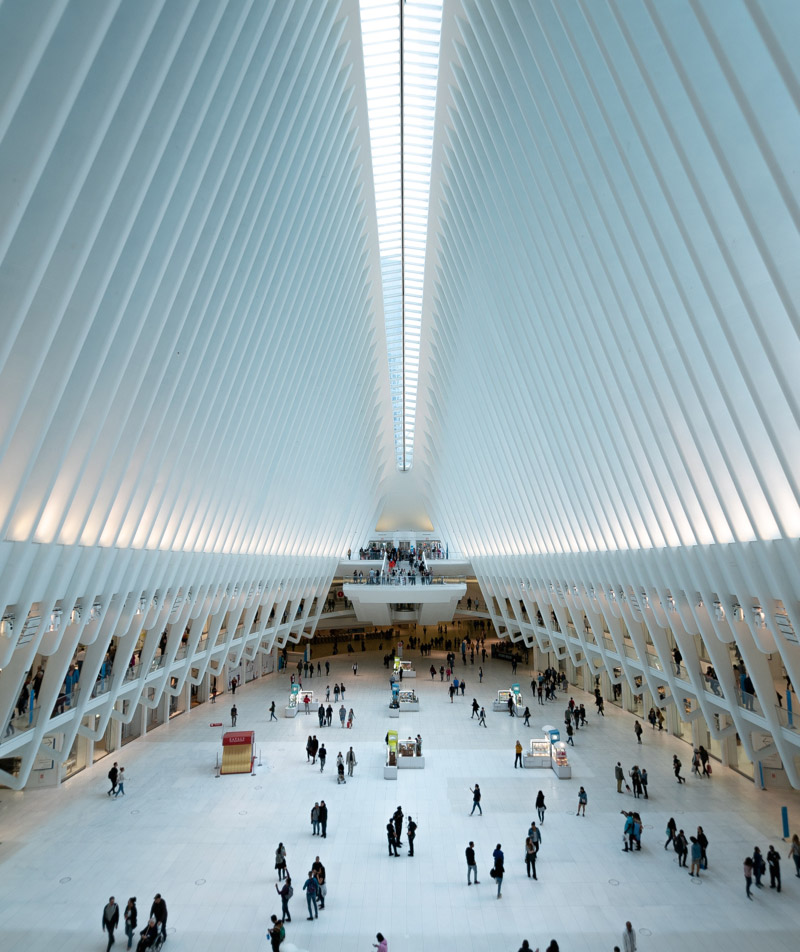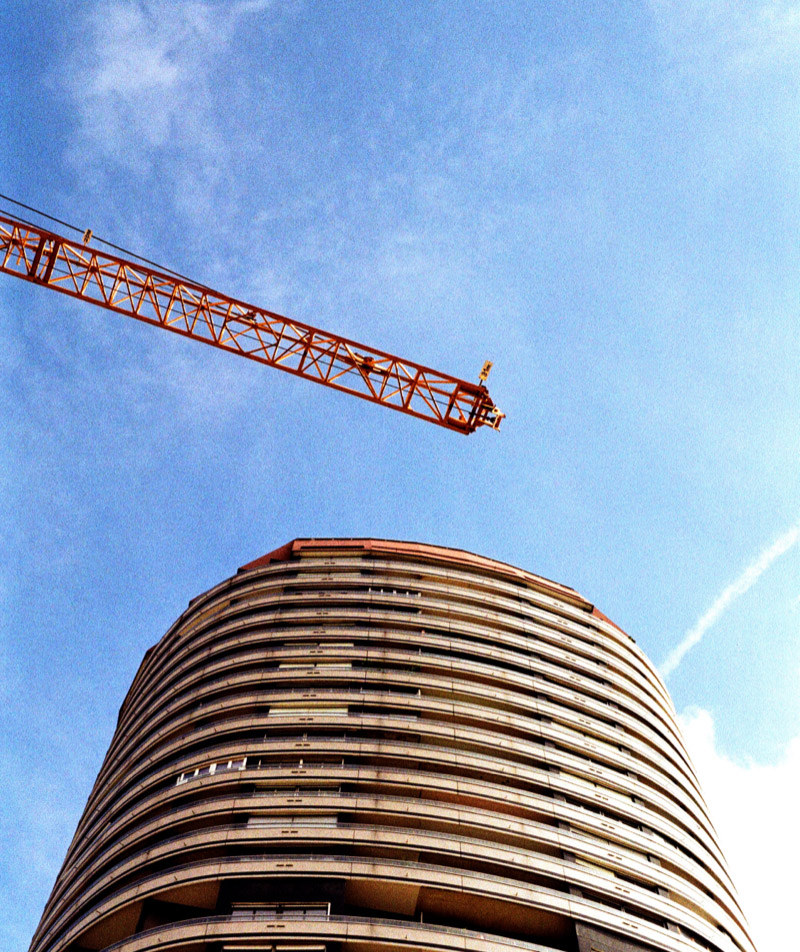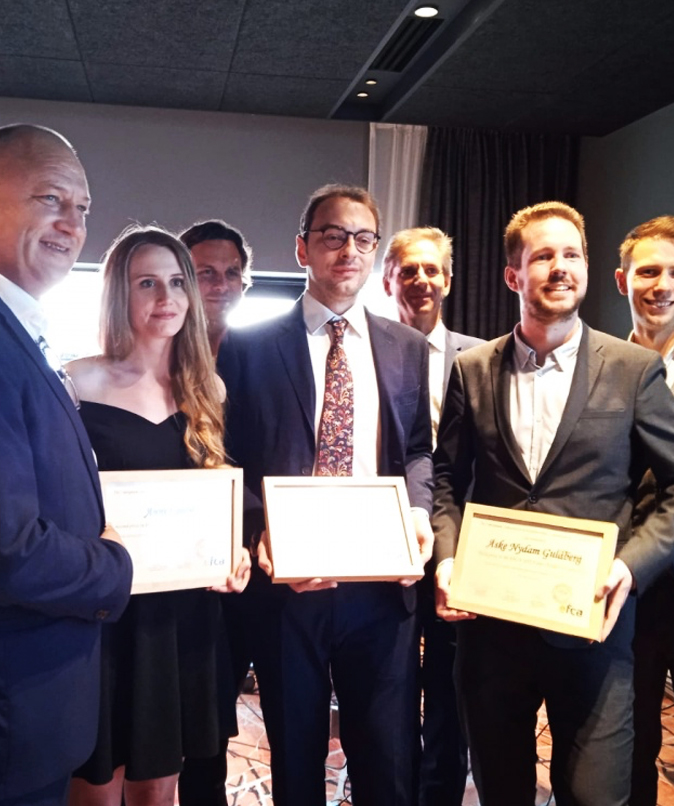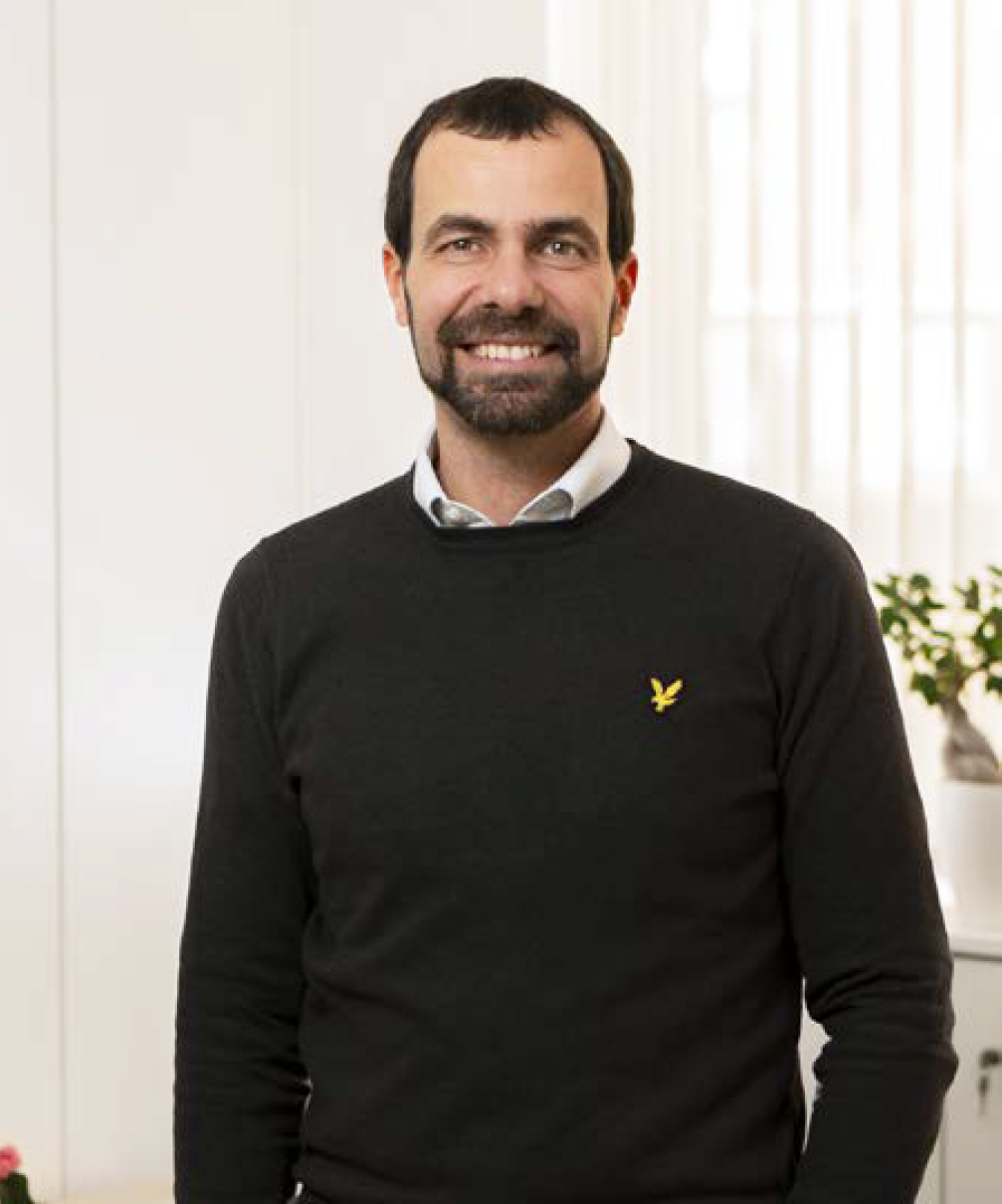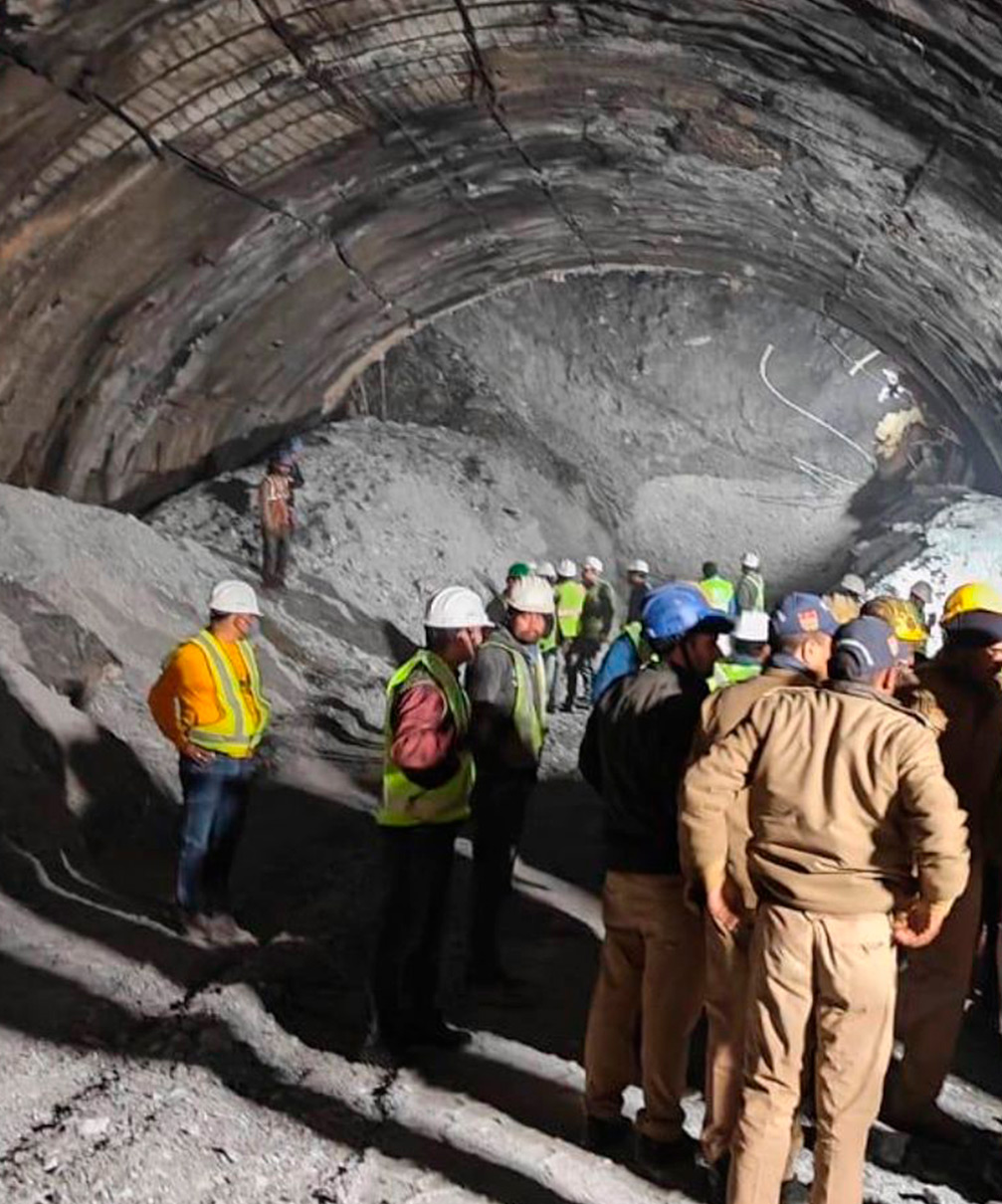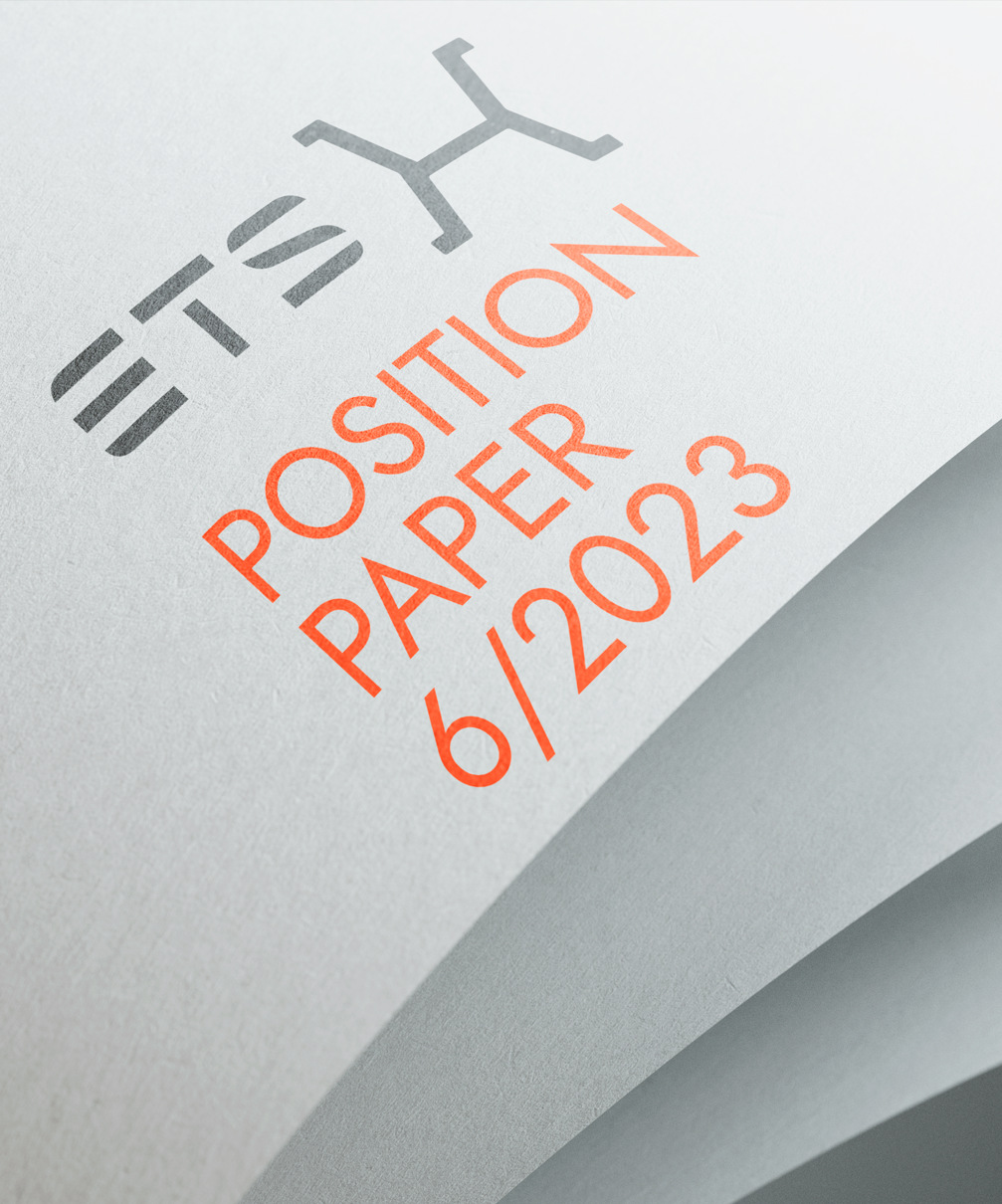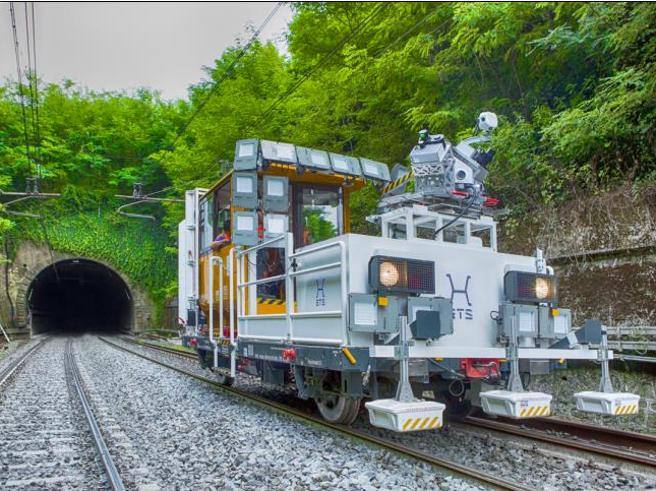Great satisfaction for Italy and for OICE, the Association of Engineering and Architecture Companies belonging to Confindustria, at the International Conference and General Assembly of the EFCA Federation
The first prize to the engineer. Federico Foria, of the associated OICE ETS Engineering, for the infrastructure project on the Andora-San Lorenzo railway, full of technical difficulties overcome with the use of MIRET Management and Identification of the Risk for Existing Tunnels.
The jury of the "Future Leaders" competition has in fact awarded, for the first time in Italy, the first prize to the engineer. Federico Foria, of the associated OICE ETS Engineering, for the infrastructure project on the Andora-San Lorenzo railway, full of technical difficulties overcome with the use of MIRET Management and Identification of the Risk for Existing Tunnels, a mechanism that integrates innovative equipment, know-how technical -how and a digital approach. Second and third place went to candidates from Finland and Denmark.
Italy also received two honorable mentions for Cecilia Pecoraro and Ilaria D' Amore, from Artelia and Italferr respectively. The first for the NOC National Oil Company project in Benghazi, Libya, and the second for the high-speed Salerno-Reggio Calabria line. The OICE president, Gabriele Scicolone, speaking at the Federation meetings, this year hosted by the French Association in Paris, commented on the prestigious result by stating that "the awards received by our young engineers during the EFCA conference demonstrate how Italian engineering is an excellence abroad, appreciated and valorised; it is a signal that our legislator and the Government must look at. We must enhance engineering, not impoverish it or mortify it with maximum reductions. In reverse! We should think about reward mechanisms for the best! For a country like ours, bringing home an international "youth" award on a subject like infrastructural engineering must have the prominence it deserves to reawaken a bit of national pride."
For his part, the vice-president of OICE, Roberto Carpaneto, member of the EFCA Board for Italy, declared: “The positioning and strength of Italian engineering and consultancy in Europe and in the world are indisputable. We are third after the USA and China in terms of the number of companies that produce turnover outside national borders. We are very happy with this recognition obtained in France and with our increasingly effective role in the various technical commissions of the Federation and in relations with the EU". The Paris Assembly also marked the appointment of the new elected president, the Spanish Ines Ferguson. From the Ukrainian crisis, the Mediterranean emerges stronger, with Italy and its engineering increasingly protagonists.
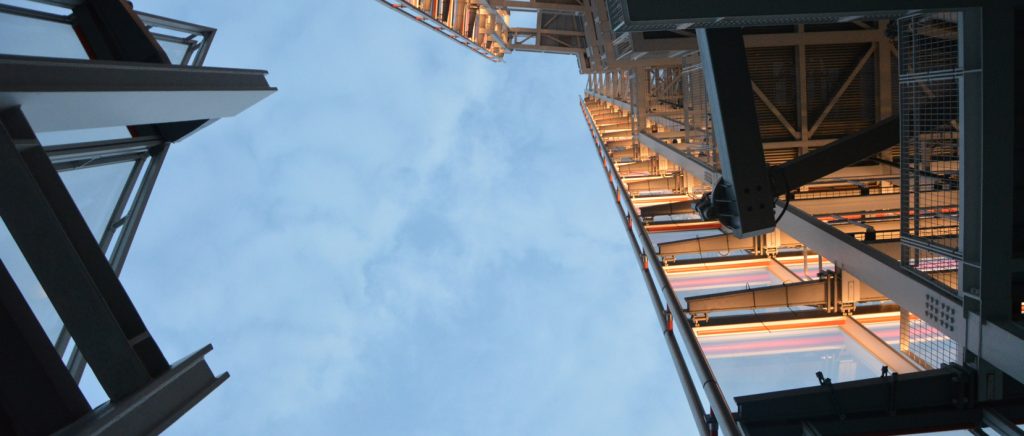
Locating the bores so they didn’t interfere with the building footprint was another challenge. The team successfully located 27 of the bores outside the footprint, with the remaining four bores falling underneath the building. Locating most of the bores outside of the building footprint kept the project on schedule, and limiting the number of bores beneath the foundation mat slab meant less impact to the deep foundation excavation activities.
The nearest neighboring building was just 15 feet away from the bore drilling. To mitigate disruption to abutting neighbors, our team distributed a two-week look ahead schedule and logistics plan every week to the neighboring buildings. Suffolk also posted regular updates on the project website to keep neighbors informed about upcoming drilling activities and held multiple Town Hall meetings with students and faculty who live and work near the site. These Town Hall meetings gave abutters the opportunity to become familiar with the project, meet the team and ask questions.
In design, sustainability, and programming, the BU Center for Computing & Data Sciences marks the future of construction in higher education. The building is scheduled for completion by the end of 2022.
Locating the bores so they didn’t interfere with the building footprint was another challenge. The team successfully located 27 of the bores outside the footprint, with the remaining four bores falling underneath the building. Locating most of the bores outside of the building footprint kept the project on schedule, and limiting the number of bores beneath the foundation mat slab meant less impact to the deep foundation excavation activities.
